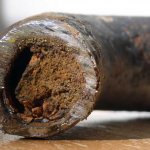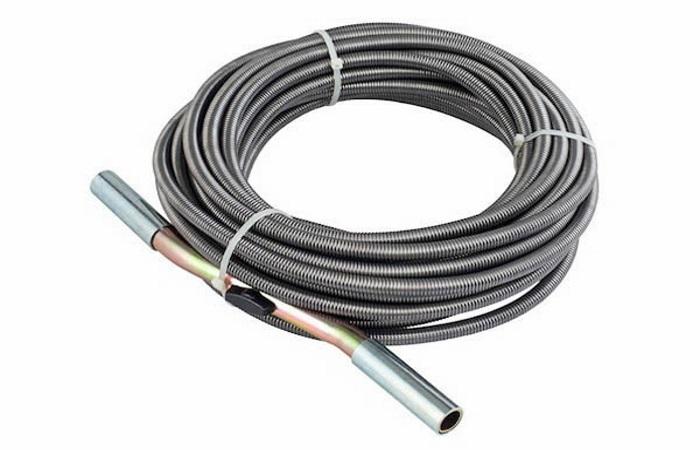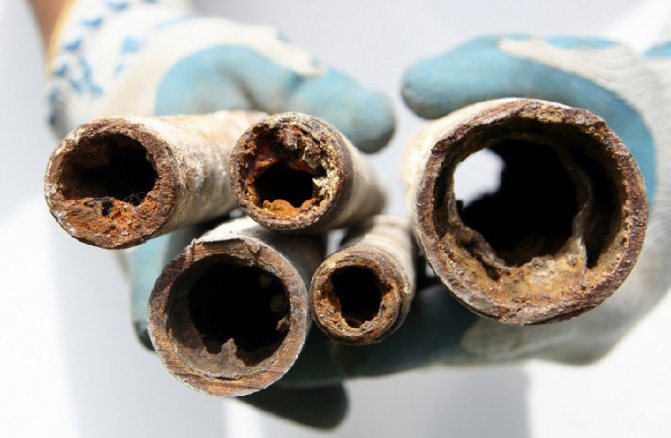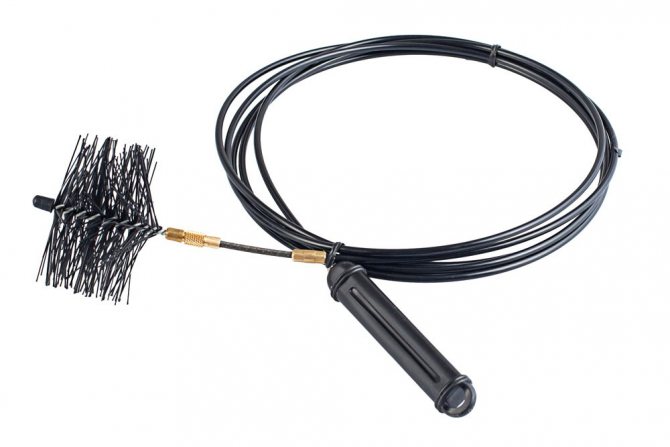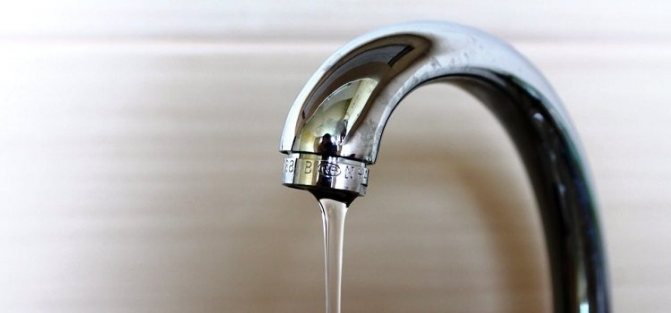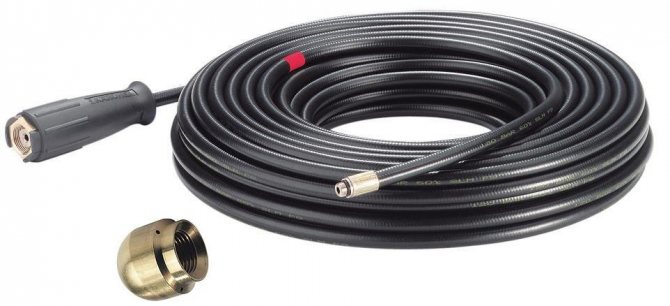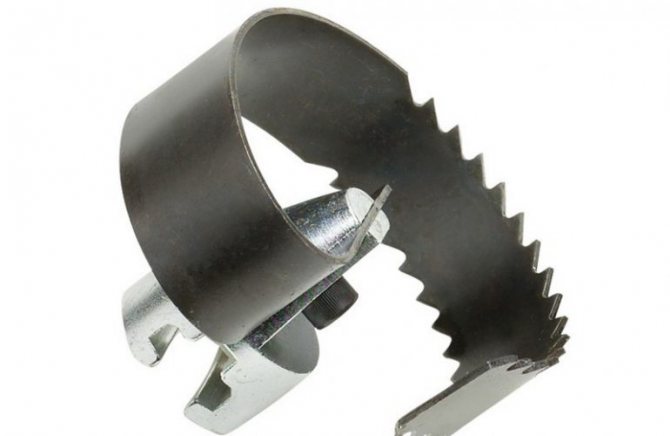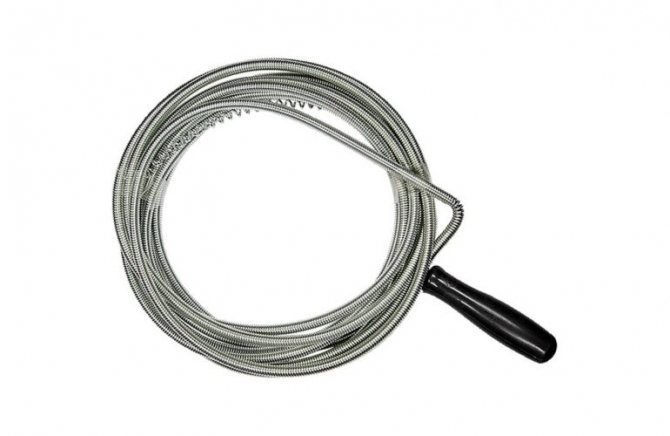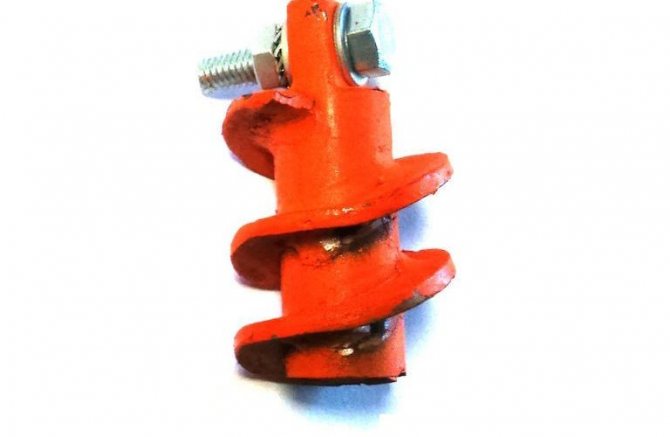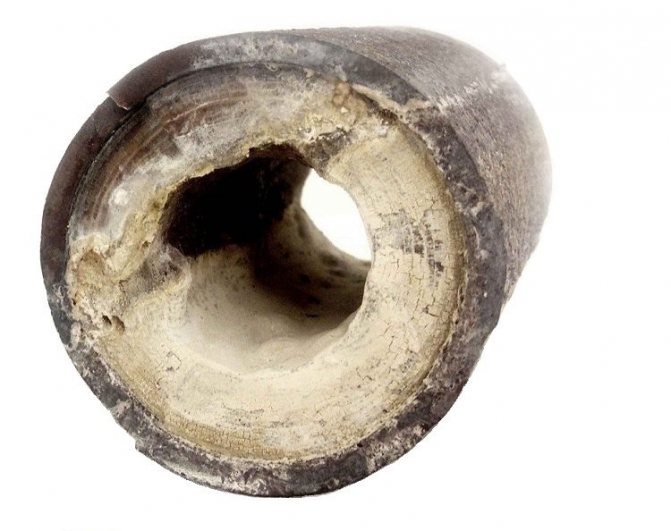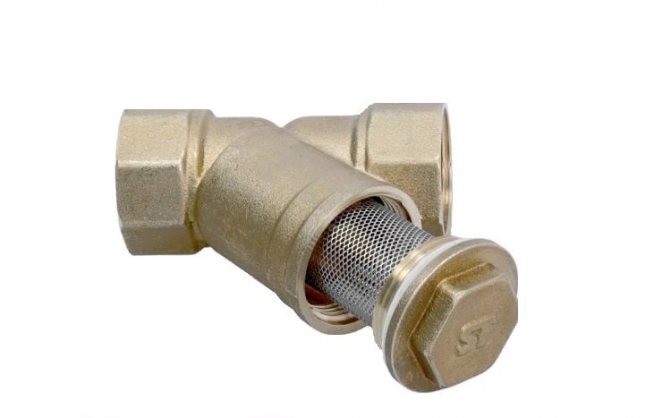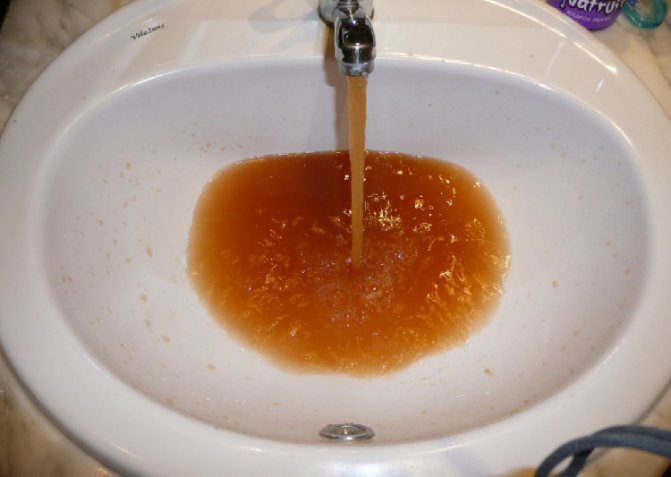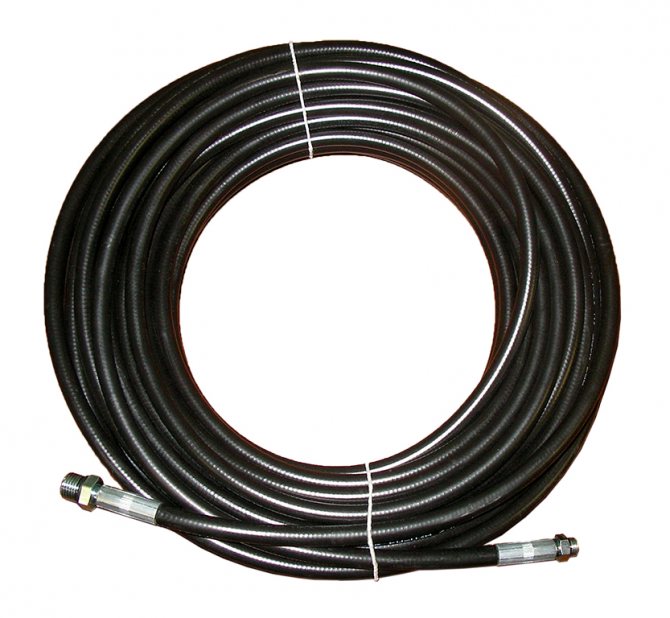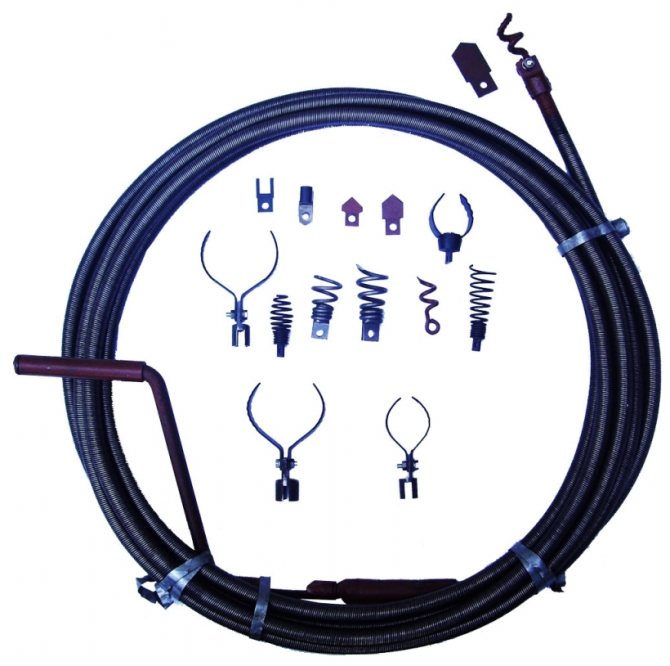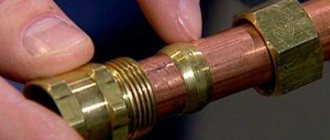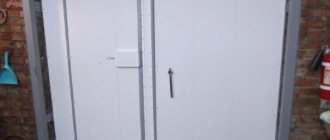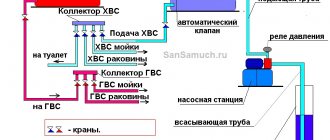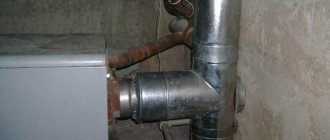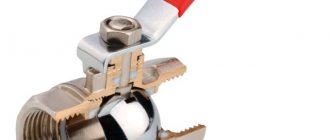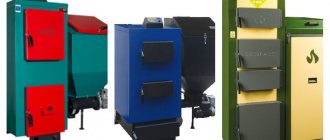The presence of running water in the house for us already means not just comfort, but a necessary condition for our existence. Lack of water in the tap is a small disaster. But what if the water oozes out drop by drop or stops dripping altogether, but there is it in the line?
We welcome our reader and bring to his attention an article on how to clean a water pipe at home.
Clogging reasons
Most often, steel pipelines are clogged. The inner surface of steel pipes is rougher, and deposits settle on it. In addition, steel is prone to corrosion - detached rust plates also clog pipes. This is especially true for a heating system. The second reason for clogging can be the poor quality of water in the main water supply - it can contain sand, scale, slag, poorly soluble salts, in some cases even biological pollution.
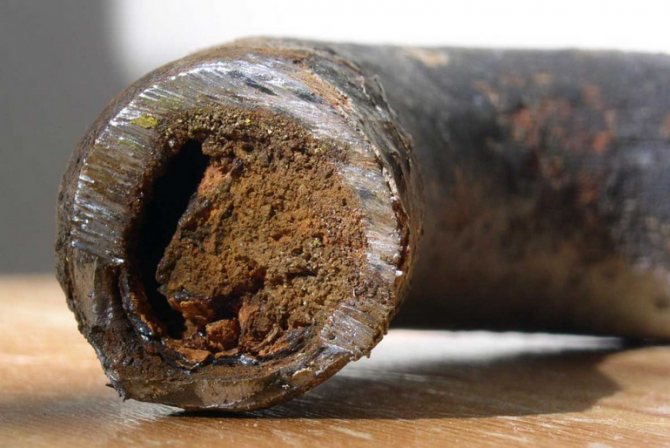
The roughness of plastic pipes is about 20 times lower than that of steel, so they can only become clogged when very contaminated water comes in (for example, after accidents on main pipelines).
How to prevent clogging of water pipes
The first and most important protection is the primary filter. In everyday life, it is customary to call it a coarse filter. Structurally, it is made in the form of a regular mesh that catches large pieces of rust. There can be several such devices in the system. Newcomers sometimes do not even know about their existence.
In apartments of modern multi-storey buildings, the filter is usually placed in front of the meter, and a special flange with a plug serves as its location, unscrewing which, you can remove the cylindrical mesh from the channel. Don't be surprised if it gets clogged with deposits so tightly that you need a nail or screwdriver to clean it. This mesh is made of stainless steel. Therefore, she herself does not corrode. But the rust grows on it very tightly, while clogging the holes.
Helpful information! A good cleaning method is to use a concentrated acid such as hydrochloric acid. Short-term exposure removes deposits in seconds and does not damage the mesh.
Any pipelines represent a real engineering structure. Therefore, it is necessary to keep the pipes in order. Not only the health of your whole family depends on their cleanliness, but also the condition of the household appliances in use.
At least once in a lifetime, everyone is faced with the problem of a clogged water supply. Images from the film "Afonya" immediately pop up in my head, and while waiting for the plumber, you can try to cope with the problem on your own. Consider simple ways to help answer the question of how to clean a water pipe at home.
Cleaning methods
Cleaning methods should be selected depending on the location of the blockage, the length of the pipelines, the method of installation (welded or threaded), the ability to disconnect the pipeline from the pipeline.
Before starting work, the condition of the pipelines should be assessed - it is better not to touch the old ones or use chemical cleaning methods.
Tapping with an ordinary hammer
The most affordable way to clean pipes from deposits is to tap the pipes with an ordinary hammer.
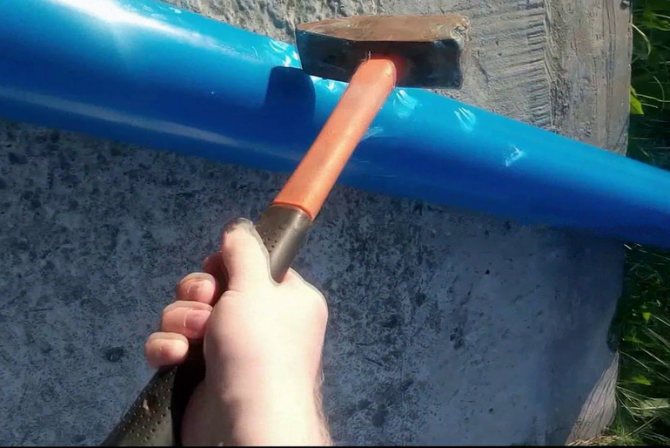

The pipe is not disassembled, gently and not strongly tapped with a hammer, then the water is opened - it will wash off the peeled plates of rust or calcium deposits. It is worth tapping the system in parts - a separate section going to the bathroom, kitchen, bathroom. Tap the area - rinse with water, then the next one - and rinse again.Otherwise, you risk clogging the system tightly.
The great advantage of this method is that there is no need to disassemble the pipes.
Tapping can be performed not only by a home master, but also by a home craftswoman.
Plumbing cable
One of the most effective methods for removing blockages is with a small diameter plumbing cable. To do this, block the access of water to the area to be cleaned, dismantle the tap, mixer, any threaded fitting. Then the cable is inserted into the opened hole and moved with rotation, removed. Then the water opens, the blockage is washed, then the removed fittings are mounted back.
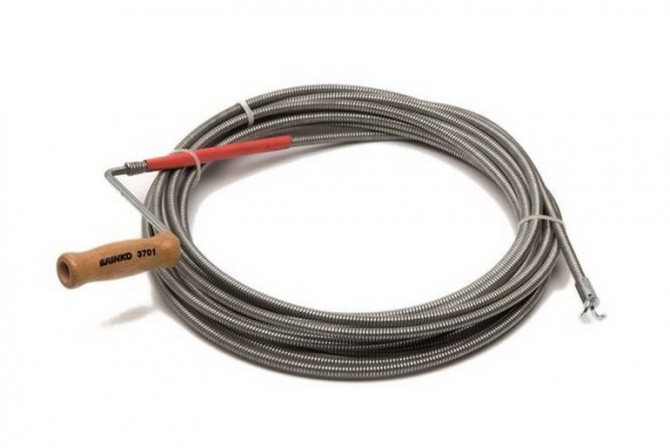

It should be borne in mind that the cable for heating and water supply systems should not be used for sewerage systems; it should not be too "disheveled" - it may simply not fit into the pipeline. It is better to use a ready-made cable with a metal ring nozzle at the end. Do not use a cable to clean the metering unit (meter).
Dismantling pipes
If all of the above cleaning methods do not help, they resort to the most extreme - dismantling the pipes. This is possible if the pipes are assembled with threaded fittings.
First, the water is turned off. Then the parts of the pipeline are unscrewed, with the help of a hose, pressurized water is supplied and washed.
Can be combined with wireline cleaning or chemical cleaning with high pressure rinsing ...
Often, the holes on the hoses for connecting the toilet bowl, mixer, and water heating tank are "overgrown". You can unscrew the hoses, gently clean the "overgrown" hole (with a screwdriver, narrow chisel), rinse and screw back.
Household chemicals
This method also involves disconnecting the system from the network. Mixers are usually located above the connection point, and chemistry has to be poured from their side.


Dry cleaning technology:
- shut off the water supply;
- dismantle the metering unit, while taking care of the safety of the seals;
- drain water;
- dismantle taps and mixers;
- drown out the lowest points of the system using plugs;
- wear rubber gloves and goggles;
- carefully (you can use a watering can) pour in the agent used; withstand 30 minutes - one hour;
- place a plastic bowl under the bottom of the system;
- unscrew the plugs, drain the liquid;
- flush the system from the upper points;
- reassemble everything;
- flush the system well with water.
Concentrated hydrochloric acid is ideal for dry cleaning. Formic and acetic acids can also be used, but they are much weaker, effective against plaque, and ineffective against rust.
You can also use concentrated sodium hydroxide (contained in the Mole product).
Vantuz and its analogues
The plunger itself is not applicable for cleaning water supply networks - it is designed for the sewerage system.
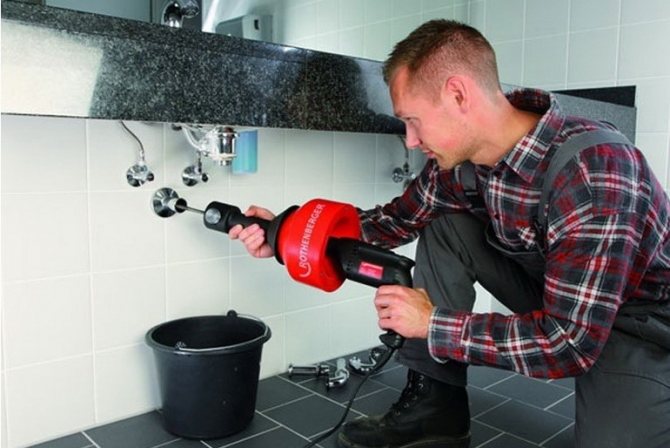

Professional pneumatic pistols can be considered an analogue of a plunger for pipes with a small diameter. Their advantage is that they can, using a jet of water, clear a blockage at a distance of several tens of meters (sometimes up to 50). But they are not often found even in the arsenal of a professional plumber and, moreover, are expensive. At home, it is worth using other cleaning methods.
Which way is better
The best way is radical. Replace with metal-plastic. Non-galvanized steel will serve you 10-15 years; galvanizing - 20 years. And metal-plastic on the heating system will live for at least 25 years; on water supply systems - about 50 years. And no rust!
If it is not possible to change the pipes in the near future, you can try to clean them. The best ways are disassembly; using a cable and a pneumatic gun. Then comes the chemical. Then tapping. It's worth starting with it - all other methods require skills and time. In any case, steel will have to be replaced with metal-plastic.
Varieties of flexible shafts for cleaning sewer pipes
The types of shafts offered by different manufacturers differ in structure, size and type of section. The only common feature in all variants is the material from which they are made. Special steel does not lend itself to the influence of water, and is resistant to strong physical stress.
Rigging
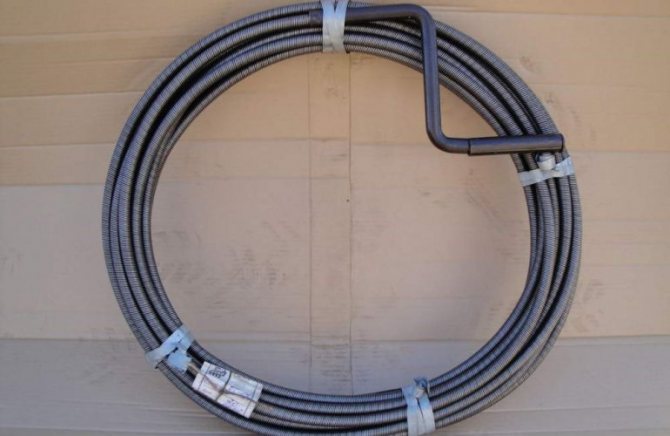

Rigging types of hand rope
This is the most popular type. Rigging is made from pieces of wire of small diameter, which are carefully intertwined. All edges are compressed, which allows you to maintain the integrity of its shape during work of varying complexity. Some specialists unwind one end, thus creating a metal brush that helps to quickly deal with simple blockages in the sewer pipes.
Important! For better rotation, there is a special handle on one side of the rope.
The standard dimensions of the product are 250-500 cm in length and 0.6 cm in thickness. Small dimensions, flexibility and elastic structure are the main characteristics of the rigging appearance.
Spring or rope
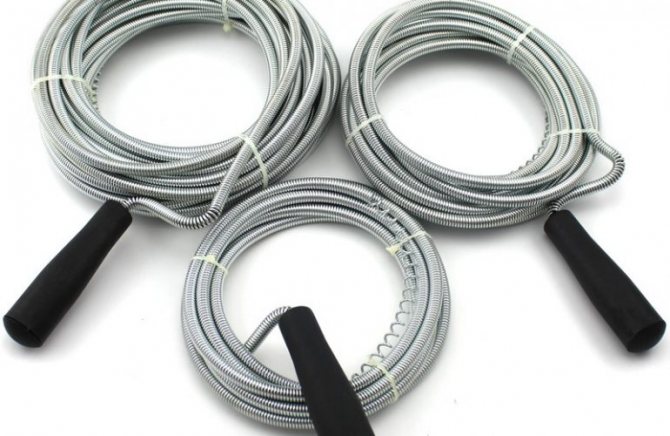

Spring-loaded sewer shaft
There are two types of such devices. The first is a conventional wire spring. The second consists of the same spring with a bendable core threaded inside (spring-wound).
Important! Spring types are produced in a special plastic sheath. It is necessary in order to ensure the protection of pipes and sanitary fixtures to be cleaned during the procedure. Despite this, the choice of specialists mainly falls on the use of standard rigging ropes.
Spring-shaped devices are available in different sizes. Often their length is about 60 m, and their thickness is up to 1.6 cm.
Pipe Cleaning Tapes
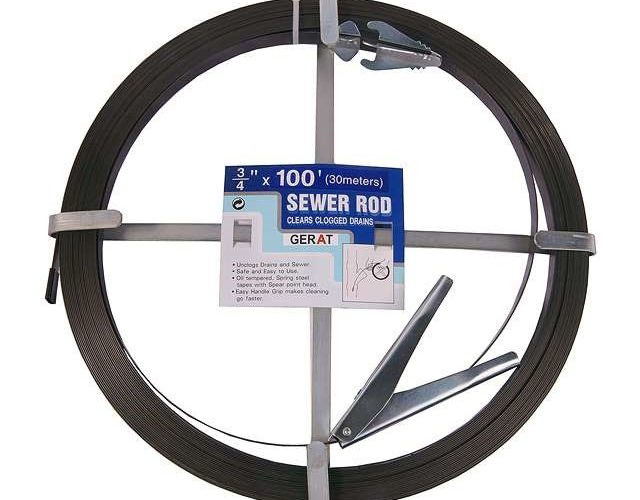

Clog belts
They have a flat shape, with dimensions of 30 m in length and up to 0.04 m in thickness. Such tapes are used for cleaning large pipes. Accordingly, they are not used for sewerage systems in residential buildings. This product is flexible in only one direction, making it impossible to clean hard-to-reach areas. Such a tape is stored rolled up, which greatly facilitates the process of its transportation over various distances.
Expert advice
Sulfuric acid (such as battery fluid) must not be used to clean pipes - it is unsafe to use and forms toxic compounds that can get into drinking and shower water.


The favorite remedy of domestic plumbers - vinegar and baking soda, soda - are ineffective for cleaning pipes.
Before cleaning, it is worth trying to determine if the entire system is clogged or only part of it is clogged - it should be cleaned.
Water meters can only be cleaned by flushing. It is impossible to clean with a cable or chemical method - you can damage the meter.
If there is a lot of plaque and it is not cleaned, it means that the counter is already 12-15 years old and you should think about replacing it.
After disassembling and assembling a part of the network, it is imperative to carry out hydraulic tests - fill the network with water and carefully check all joints for leaks.
How to choose the right flexible cable
To choose the right flexible cable for cleaning your domestic sewage system, you need to know the diameter of the pipe to be cleaned, the diameter of the branch line, the total number of access points, the number of turns and connections on the route. It is recommended to use a rigid rope up to 6 meters long to clean the apartment sewage system. Use a flexible cord to clean the riser. To make such a rope with your own hands, you can use a nylon hard linen or climbing cord.
Professional rope or cord is available in 45 m length.If you need a product of greater length, then you should choose a device with a sliding handle, which can be fixed in any area. A reliable plumbing cable used for cleaning pipes must be flexible, durable, and convenient to use.
Strength is necessary for the cord to withstand high loads from the weight of the masses of blockages and the applied forces to rotate and push the device in the pipe. For pipes of small diameter, a thin steel cable with a diameter of 3-5 mm is most often used, or a flexible cord (wire) up to 25-50 cm long, which is convenient for cleaning short pipelines.
Features of working with wire:
- The fixed clamp on the device is used to insert into the hole. The nozzle is in the form of a ball or a ring;
- To get rid of the blockage, a pitchfork is placed in the lower dry well;
- Clamp and fix the tool in the hole;
- Rotate the wire both clockwise and counterclockwise, moving simultaneously in the forward and backward direction;
- The last step is to flush the pipe.
It is convenient to clean only small blockages with such a rope.
Blockage prevention
There is practically no real prevention of blockages. It is necessary to periodically clean the strainers at the inlet and the mixer filter from debris and scale, rinse or clean the pipes. Garbage collection has a surprisingly good effect on the pressure in the system. Metal pipelines are still overgrown with calcium deposits and rust.
If plastic pipes are regularly clogged, it means that there are a lot of mechanical impurities in the water - this is a sign of the emergency state of the main networks. In case of such problems, you should contact the water utility (and possibly higher authorities).
How to avoid blockage
- In the first place among the necessary means and methods of dealing with blockages is the use of a coarse filter. It looks like a mesh blockage for large pieces of rust. It is recommended to install multiple barriers in the system.
Plumbers recommend installing a flask with a filter in front of a water meter. The mesh is clogged to such an extent that it can only be cleaned with a nail or screwdriver. The filter mesh is made of stainless steel and is not characterized by corrosive phenomena. But rust from the pipes can firmly settle on the walls of the filter and completely block the passage of water.
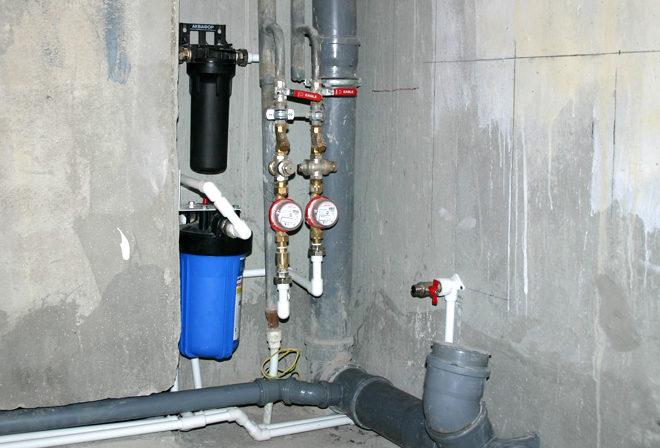

For quick cleaning of the mesh, it is recommended to treat it with hydrochloric acid for a few minutes.
- Prevention measures are being taken with folk remedies. In the fight against blockages in the water supply system, such measures are considered ineffective, they are used only to prevent problems.
Reasons for a decrease in the effective operation of heating radiators
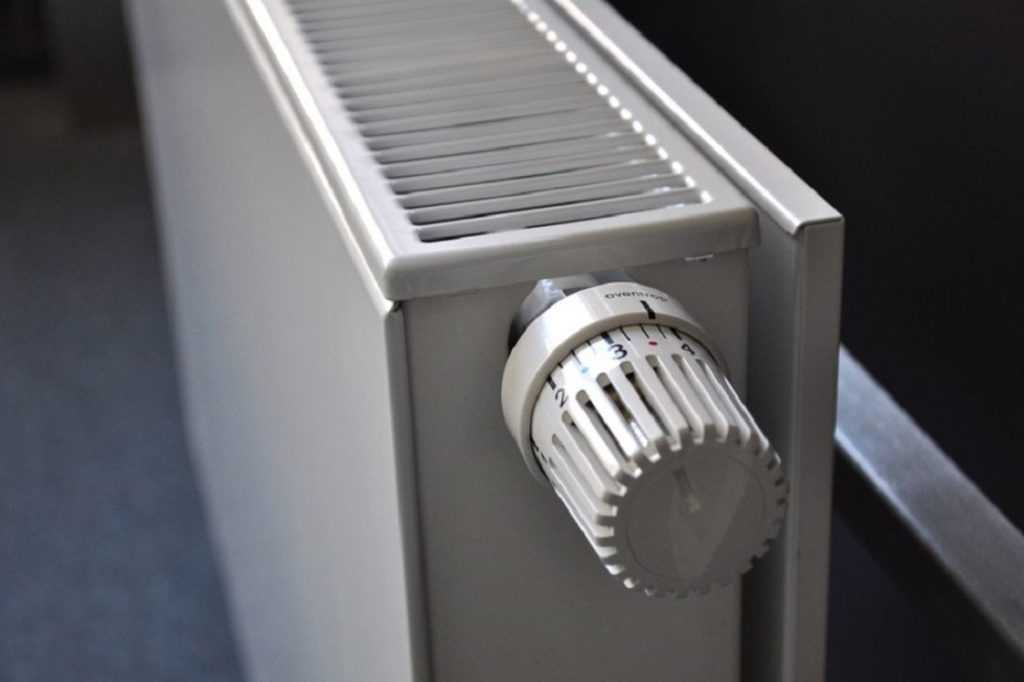

Old radiator
There may be several reasons for this. The first and probably the most common is the formation of an airlock. How and why it is formed is another question. But one thing is clear, the presence of such a plug in the pipeline or heating radiator slows down the movement of the coolant or stops it altogether.
The second reason for the cooling of the heating radiator is the presence of debris in the pipes and the radiator, that is, scale and large particles. They, together with the coolant, move through the heating system. The practice of operating heating systems shows that narrowing the inner diameter by 1 - 2 mm, due to the formation of scale on the walls, leads to a decrease in the heat output of the heating battery by 15%, or even more. That is why, before the start of the heating season, it is necessary to clean the heating radiator in the house.
